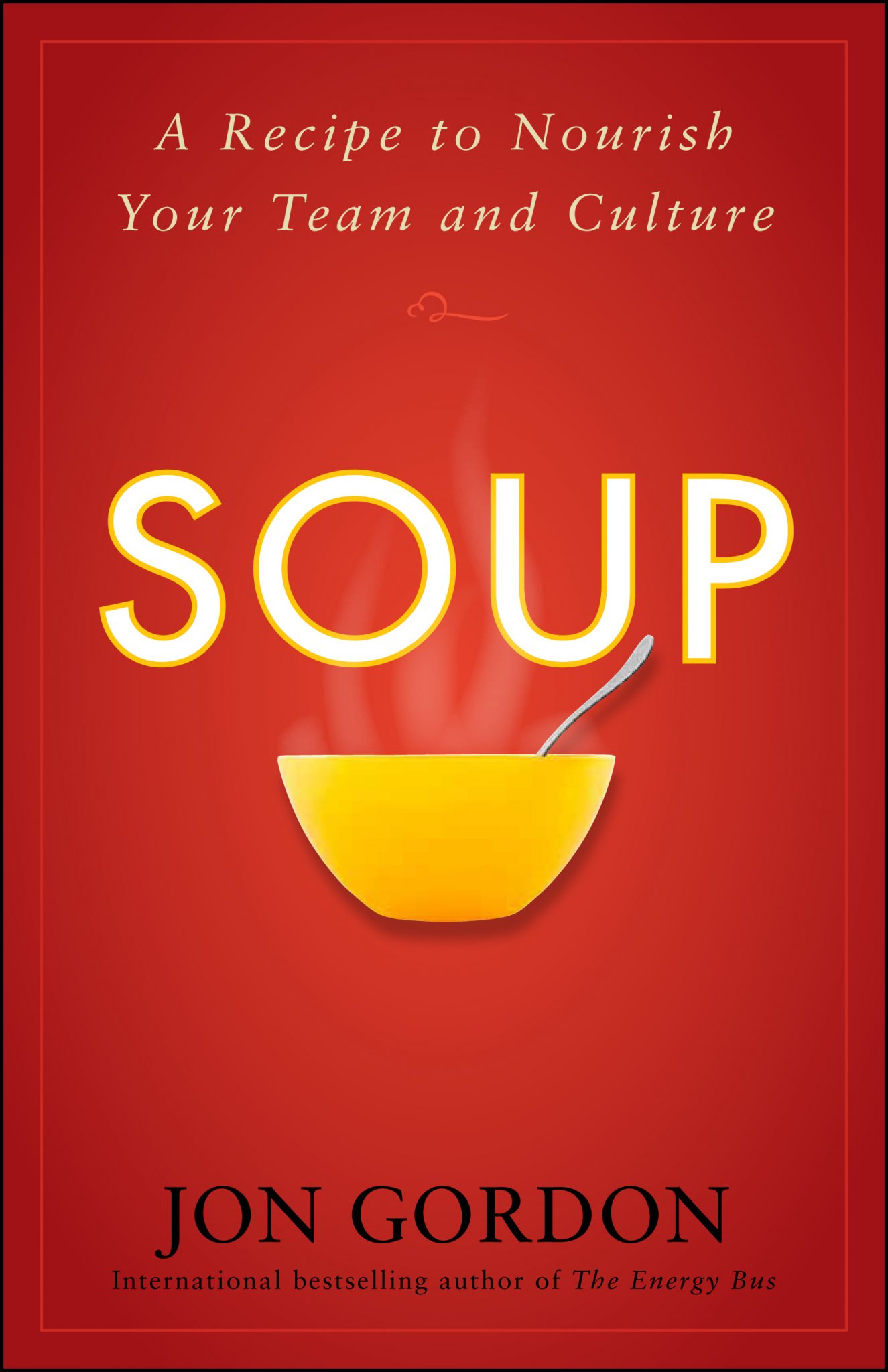Professional Development: Tips for Effective Book Studies
Author: Dana Penick
May 11, 2016

Book studies are a very popular means of professional development and usually include a formal set of review questions or topics for discussion.
 Sometimes the thought of doing a formal book study with your staff can seem like an extra task, but you still want to reap the benefits of the discussion, learning, and collaboration that can take place during the study.
Sometimes the thought of doing a formal book study with your staff can seem like an extra task, but you still want to reap the benefits of the discussion, learning, and collaboration that can take place during the study.
Why not approach a book study through less formal practices?
Here are a few ideas for informal practices, remembering the end in mind for the book study: sharing the key content of the literature with your staff to help build understanding, spark discussion, and explore new content.
1. Roaming Notes. Once a book is selected, a framework of open discussion, such as the table below, is made available for readers. As they read or finish reading the book, staff members can add notes that resonated with them regarding their classrooms or the work taking place in the school. Since it is informal, it can be done in any style—jotting notes and thoughts, adding favorite quotes, making connections, adding comments, posing questions, or whatever the reader prefers. The end in mind is to capture and share. The notes “roam” as participants add and post for others to read and reflect. This can be done in an electronic format or with paper notes that are shared with other team members. The beauty of this informal strategy is that even if others may not read the book, they will still learn about the essence of the book because they will read the thoughts from their colleagues. A sample of roaming notes is shared below:
|
Roaming Notes From Soup by Jon Gordon
|
2. Book in an Hour. Limited time can be an obstacle when conducting a book study. I loved using the “book in an hour” technique with my staff, as well as with the students in my literature class. I’ve explained this technique below: Take the chosen book and divide the book by pages or chapters according to the number of staff/readers. Each reader will read and summarize only the pages they are responsible for sharing. They may cite questions or make predictions about the parts, prior to or following the section they read.Allow the group 15–20 minutes of reading time. You can play soft music to build an atmosphere of deep thinking. Assemble the group in a circle, according to the section they were assigned. Going around the circle, ask each reader to share his or her summary. As each person in the circle shares, the content of the entire book is discussed.
- Side note: If by chance you are on a budget, you can actually disassemble the book for this activity, only requiring one copy. When the activity is completed, sequence the pages, hole- punch, and reassemble using loose-ring rings. (NOTE: Of course, adhere to all copyright laws when using this technique.)
3. Book-Themed Activities. A third idea for informal book studies is the concept of book-themed activities. For example, with the book Soup, each individual wrote his or her favorite quotes on napkins during a teacher team lunch and shared them with each other. The napkins were collected and assembled in a way that could be shared with the rest of the staff.
Join the conversation on Facebook and share other tools or methods you have used to make book studies an effective professional-development tool for your school.

Share Article on
Tags: classroom management, community engagement, parent involvement, professional development, staff engagement, teachers, what we're reading

